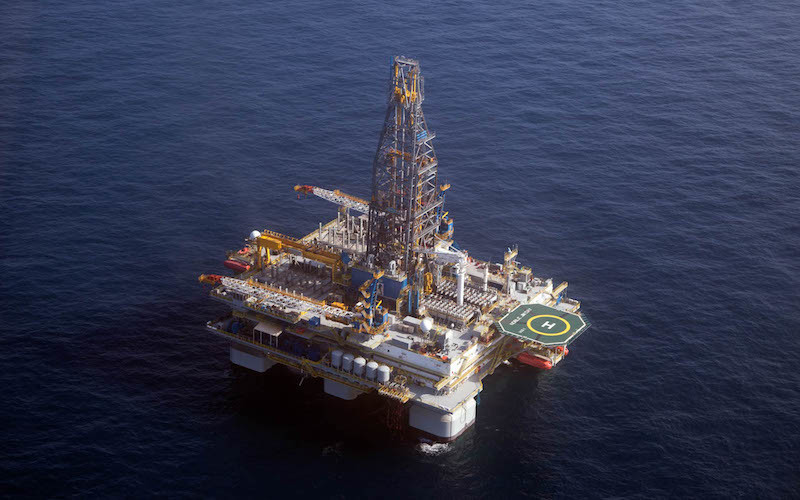Leading offshore drilling contractors have picked up in 2023 right where they left off last year.
Amid whipsawing oil prices, drilling activity in the Gulf of Mexico continues to rebound with 22 largely deepwater rigs active as of May 12, according to Baker Hughes. “Activity in the U.S. Gulf of Mexico has kept regional supply and demand largely in balance over the last several quarters,” Thigpen said.
At last count, Transocean has 10 drillships working, followed by Noble Corp. with five, and Diamond Offshore with four active floaters, according to their respective rig fleet status reports. With nearly 100% utilization of sixth and seventh generation drillships in the Gulf at average day rates of around $459,000, Thigpen said elusive $500,000/day contract rates are on the near horizon. “By the end of the year, we expect leading edge rates to exceed $500,000 per day,” he said.
Noble appears to agree. “We see some tightness in 2024 that’s very much conducive to some rate appreciation here,” President and CEO Robert Eifler said during the company’s first-quarter earnings call on May 4. During the quarter, Noble’s backlog increased from $3.9 billion at the beginning of the year to $4.6 billion.
In its second full quarter since the Maersk Drilling merger in October 2022, Noble is yet to see operators alter plans in the face of the current oil price volatility. “Our customers underlying economics remain robust. And we have observed no pause or change in customer sentiment or forward planning,” Eifler told investors.
For Diamond Offshore, the first quarter represented the one-year anniversary of being relisted on the New York Stock Exchange after clearing bankruptcy in April 2021. It couldn’t have come at a better time. President and CEO Bernie Wolford told S&P Global on May 9 that “new tender demand for floating drilling rigs for the 12 months ended March 31, 2023, was at its highest level since 2012. Industry analysts expect offshore upstream capex spend to grow approximately 10% year-over-year on average from 2023 to 2025, approaching $200 billion by 2025.”
“If it wasn’t for the reactivations and anticipated reactivations, we would already be solidly into the $500,000 (day) today. In my mind, there’s no doubt about that,” he added.



.JPG.small.400x400.jpg)

